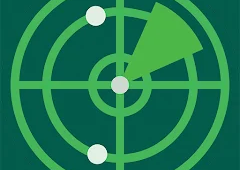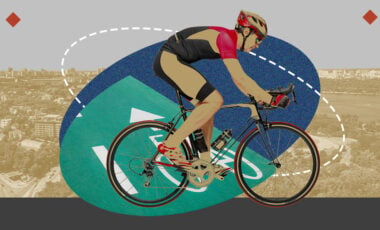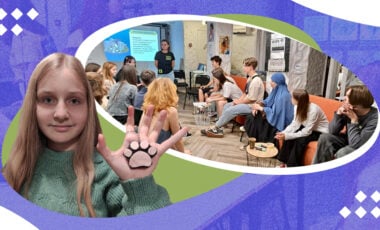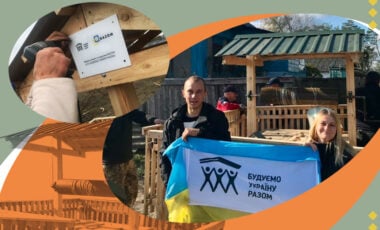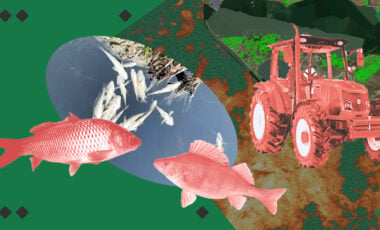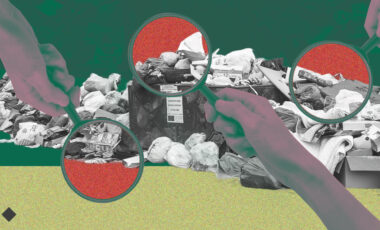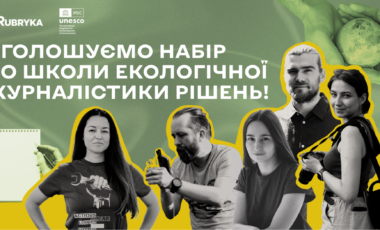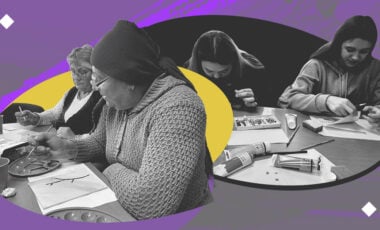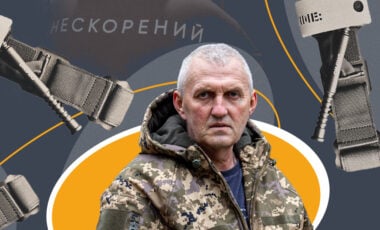Solutions to win: Ukrainians of all ages participate in making camouflauge netting to help disguise military
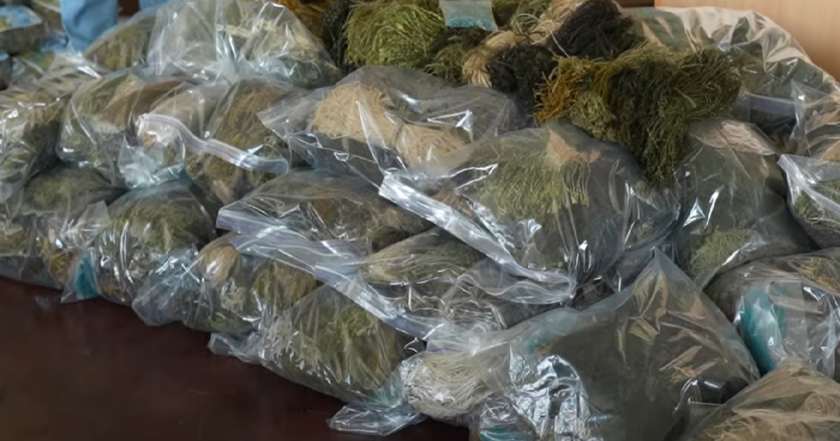
Photo: video screenshot
In the "Disguise the Military" initiative, the youngest volunteer is just three years old, while the oldest is 84! People of all ages from all over Ukraine have come together to help make camouflage netting and protect our soldiers.
ShoTam tells the story of the volunteers.
What is the problem?
During a challenging time for the country, not one mindful individual was left behind as everyone stepped up to support the Ukrainian Armed Forces, the Territorial Defence, and those who have been displaced. People have been visiting the injured in hospitals, gathering and delivering humanitarian aid to communities that were under enemy occupation.
Currently, there is a great need for camouflage on the front. The Ukrainian army on the frontline is constantly in need of camouflage nets – both the military themselves and the volunteers who bring the necessary aid to the frontline speak about this.
Furthermore, Ukrainian scouts, snipers, and fire adjusters should strive to remain discreet to protect Ukrainian territory. To achieve this, they use "kikimory" – camouflage ponchos that provide crucial protection. These suits can blend in with the greenery, leaves, and winter snow, making them essential for survival.
What is the solution?
"Kikimory" – camouflage ponchos for Ukrainian defenders have been massively woven by volunteers in Ukraine since 2014.
How does it work?
"I received a response from a military man in private messages: "Girls, we bow at your feet; yesterday, your "kikimory" saved two of our boys. The drones simply lost them on the lawn and did not find them," Svitlana Panchenko-Vepshyna, head of the "Disguise the Military" project, says.
This team is a diverse group of Ukrainian volunteers aged 3 to 84 years old, coming together as a unified network. They create camouflage for defenders in various locations, such as homes, basements, and even electric trains.
Volunteer Svitlana Panchenko-Vepshyna united them together with the charity foundation "Riy." At first, she did camouflage nets at home with her children.
"They made burlap threads; I wove them all," — Svitlana Panchenko-Vepshyna, head of the "Disguise the Military" project.
Next, the neighbors became involved, followed by other city residents.
"There were many requests: "Please send it to my home; I will do all this at home. I can't come to the volunteer center because I have a child" or something else," — Svitlana Panchenko-Vepshyna, head of the "Disguise the Military" project, recalls.
People wanted to join the struggle, and Svitlana gave them such an opportunity. To scale up the production, she started cooperation with the "Riy" charitable foundation.
"At that time, we had already woven about 500 products, which were in great demand, for which we stood in line for 1.5-2 months. We did not have enough administrative resources to scale all this. And the foundation said: "Let's do it," — Svitlana Panchenko-Vepshyna, head of the "Disguise the Military" project, says.
Together, they worked out the logistics of volunteering at home.
This is how the "Disguise the Military" project was born. The work begins with collecting bags from coffee roasters from different countries. These bags are cut and dyed in two improvised workshops.
"That's the kind of burlap that comes to me. As you can see, it has such a yellowish color. We throw this raw material into a pan with boiling water. After that, we place it on a mesh surface so that it becomes dry," — Oleksandr, a volunteer, explains.
Next, volunteers all over the country separate the burlap into threads.
"Our youngest craftsman is three years old, and he is learning to sew from his mother at home. On the other hand, our oldest craftsman is 84 years old – his grandfather. Despite having suffered a heart attack, he continues to sew and also uses it as a form of physical therapy for his hands. Additionally, we are grateful to have the assistance of individuals with disabilities," — Yulia Ruhaylo, a volunteer, says.
Burlap threads are sent home to other volunteers who weave the disguises.
"I'm currently knitting a raincoat. We have a technical task for each product. This raincoat is 50% dense; we weave it in one thread," — Anna Dekhtiar, coordinator of the "Disguise the Military" project, says.
"We use three colors for weaving. The main color is hay. It's the natural color of the bag. We also use dyed threads. It's brown and green, of course; it's the color of our green grass," — Anna Dekhtiar, project coordinator, explains.
Young volunteer sewers sew covers for camouflage.
"We have a main job, and we are given these volunteer tasks. The girls say: "That's it, we sew volunteer work first, and then everything else," – Dariana, a volunteer, notes.
Once completed, the disguises are sent to the logistics center and delivered to the defenders. Every camouflage aspect was carefully planned in consultation with Ukraine's military.
All materials were chosen to be undetectable, including specialized infrared devices. In just four months, "Riy" has produced the initial shipment of sniper camouflage.
"We have now handed over 50 kits, which include 50 capes for weapons, 50 helmets, 50 raincoats, 50 screw-on barrels, and 50 rem-sets," — Svitlana Panchenko-Vepshyna, head of the "Disguise the Military" project, reports.
But that's only the start! To support the ground forces, 450 personnel, and additional raw materials are needed.
As a result, "Riy" [Swarm in English – ed.] calls upon anyone willing to assist with strengthening the military.
For reference:
As Rubryka reported, in Zhytomyr, in the Vasyl Zemlyak Central City Library, children help adults weave camouflage nets for Ukrainian defenders. They weave up to 30 nets every month.
Moreover, Mykolaiv volunteers deployed a camouflage net in Kyiv, recognized as the largest in Ukraine.
Rubryka also wrote that the volunteer community "Knitted Things for Soldiers" has been knitting warm clothes for the front and in the hospital since August 2014. During this time, more than 2,600 craftsmen from all over the world knitted and handed over 23,000 warm socks, hats, balaclavas, gloves, and belts to the defenders of Ukraine.
Last winter, knitted items were sent to the front not only from all over Ukraine but also from the USA, Georgia, Poland, and the Baltic countries.



